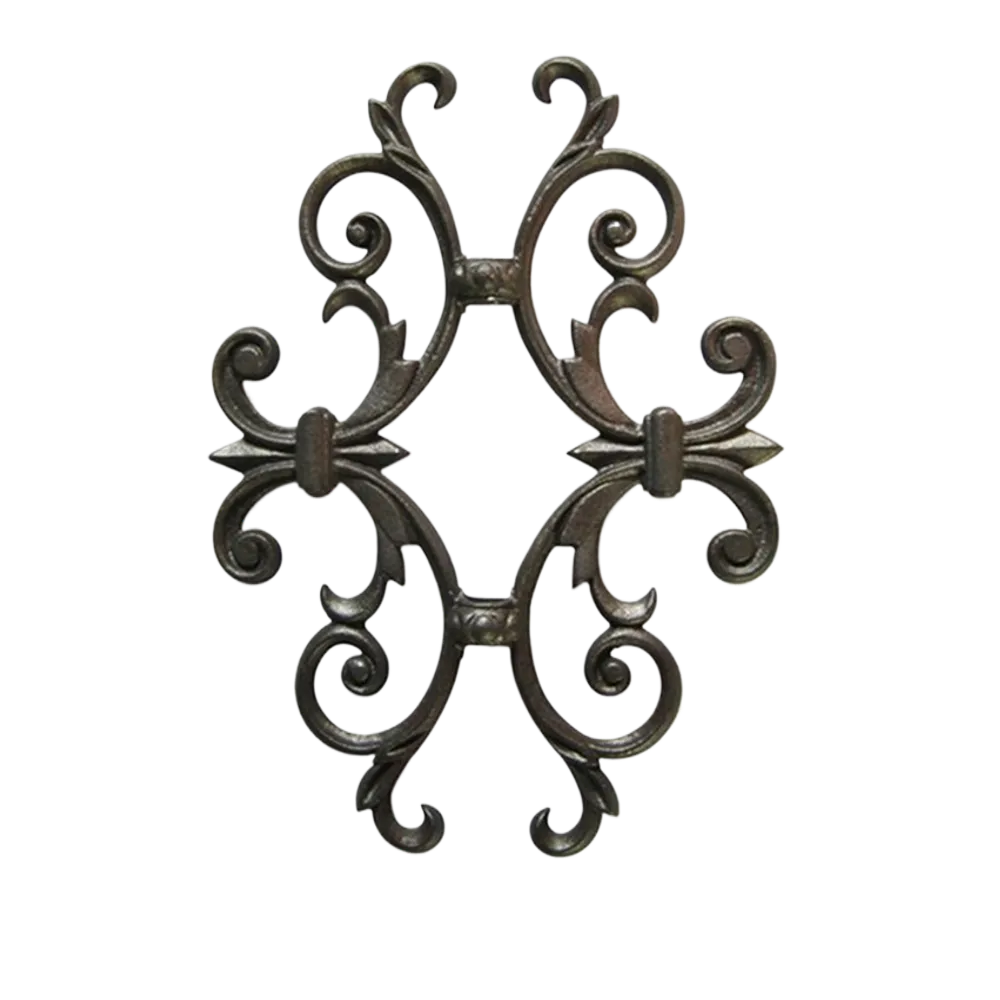Exploring the Benefits and Applications of Cast Iron Bushings in Industrial Settings
Understanding Cast Iron Bushings Properties, Advantages, and Applications
Cast iron bushings are vital components utilized in various mechanical systems and applications. Their unique properties, derived from the material’s structure and composition, make them suitable for numerous functions in industries ranging from automotive to manufacturing. This article explores the features, benefits, and applications of cast iron bushings, shedding light on why they are indispensable in modern engineering.
Properties of Cast Iron Bushings
Cast iron is an iron-carbon alloy characterized by its excellent castability, fluidity, and wear resistance. One of its primary forms, gray cast iron, is commonly used for bushings due to its high machinability and good damping characteristics. The microstructure of cast iron bushings consists of graphite flakes, which provide several advantages
1. Wear Resistance The presence of graphite gives cast iron its superior wear resistance, making it ideal for applications that involve abrasion and friction.
2. Damping Capacity Cast iron’s ability to absorb vibration helps to reduce noise and wear in machinery, contributing to a smoother operation.
3. Thermal Conductivity Cast iron exhibits excellent thermal conductivity, which helps in dissipating heat away from critical components, prolonging their lifespan.
4. High Compressive Strength The material can withstand significant compressive forces without deforming, making it suitable for heavy-duty applications.
Advantages of Using Cast Iron Bushings
Cast iron bushings come with a myriad of benefits that make them a preferred choice in many designs
2. Ease of Production The casting process allows for complex shapes and sizes to be produced, minimizing waste and reducing manufacturing costs.
cast iron bushings

3. Longevity When properly maintained, cast iron bushings can exhibit an extended service life, reducing the need for frequent replacements and repairs.
4. Corrosion Resistance While cast iron is not inherently corrosion-resistant, it can be treated or coated to enhance its durability against harsh environments, further increasing its application potential.
Applications of Cast Iron Bushings
The versatility of cast iron bushings allows them to be utilized in a wide range of applications
1. Automotive Industry Cast iron bushings often find their place in vehicle suspension systems, steering components, and engine mounts. Their superior wear resistance and ability to handle vibration make them suitable for enhancing vehicle performance and comfort.
2. Manufacturing Equipment Many manufacturing machines, including conveyor systems and lathes, employ cast iron bushings to facilitate smooth movement and reduce wear on rotating parts.
3. Pumping Systems In pump assemblies, cast iron bushings provide crucial support for shafts, aiding in proper alignment and reducing friction, which is vital for efficient fluid transfer.
4. Agricultural Equipment Equipment such as tractors and harvesters utilize cast iron bushings to endure challenging working conditions, delivering reliable performance.
5. Construction Machinery Heavy-duty construction equipment like cranes and excavators often incorporate cast iron bushings in their design, where durability and strength are paramount.
Conclusion
In summary, cast iron bushings play a critical role in various industries by offering excellent mechanical properties, cost-effectiveness, and versatility. Their unique characteristics, such as wear resistance and vibration damping, make them an indispensable component in many mechanical systems. As technology and manufacturing processes continue to advance, the applications for cast iron bushings are likely to expand, reaffirming their significance in modern engineering and design practices. Whether in automotive systems, manufacturing machinery, or agricultural equipment, cast iron bushings remain a reliable choice, supporting innovation and efficiency across numerous fields.
-
Wrought Iron Components: Timeless Elegance and Structural StrengthNewsJul.28,2025
-
Window Hardware Essentials: Rollers, Handles, and Locking SolutionsNewsJul.28,2025
-
Small Agricultural Processing Machines: Corn Threshers, Cassava Chippers, Grain Peelers & Chaff CuttersNewsJul.28,2025
-
Sliding Rollers: Smooth, Silent, and Built to LastNewsJul.28,2025
-
Cast Iron Stoves: Timeless Heating with Modern EfficiencyNewsJul.28,2025
-
Cast Iron Pipe and Fitting: Durable, Fire-Resistant Solutions for Plumbing and DrainageNewsJul.28,2025
-
 Wrought Iron Components: Timeless Elegance and Structural StrengthJul-28-2025Wrought Iron Components: Timeless Elegance and Structural Strength
Wrought Iron Components: Timeless Elegance and Structural StrengthJul-28-2025Wrought Iron Components: Timeless Elegance and Structural Strength -
 Window Hardware Essentials: Rollers, Handles, and Locking SolutionsJul-28-2025Window Hardware Essentials: Rollers, Handles, and Locking Solutions
Window Hardware Essentials: Rollers, Handles, and Locking SolutionsJul-28-2025Window Hardware Essentials: Rollers, Handles, and Locking Solutions -
 Small Agricultural Processing Machines: Corn Threshers, Cassava Chippers, Grain Peelers & Chaff CuttersJul-28-2025Small Agricultural Processing Machines: Corn Threshers, Cassava Chippers, Grain Peelers & Chaff Cutters
Small Agricultural Processing Machines: Corn Threshers, Cassava Chippers, Grain Peelers & Chaff CuttersJul-28-2025Small Agricultural Processing Machines: Corn Threshers, Cassava Chippers, Grain Peelers & Chaff Cutters












